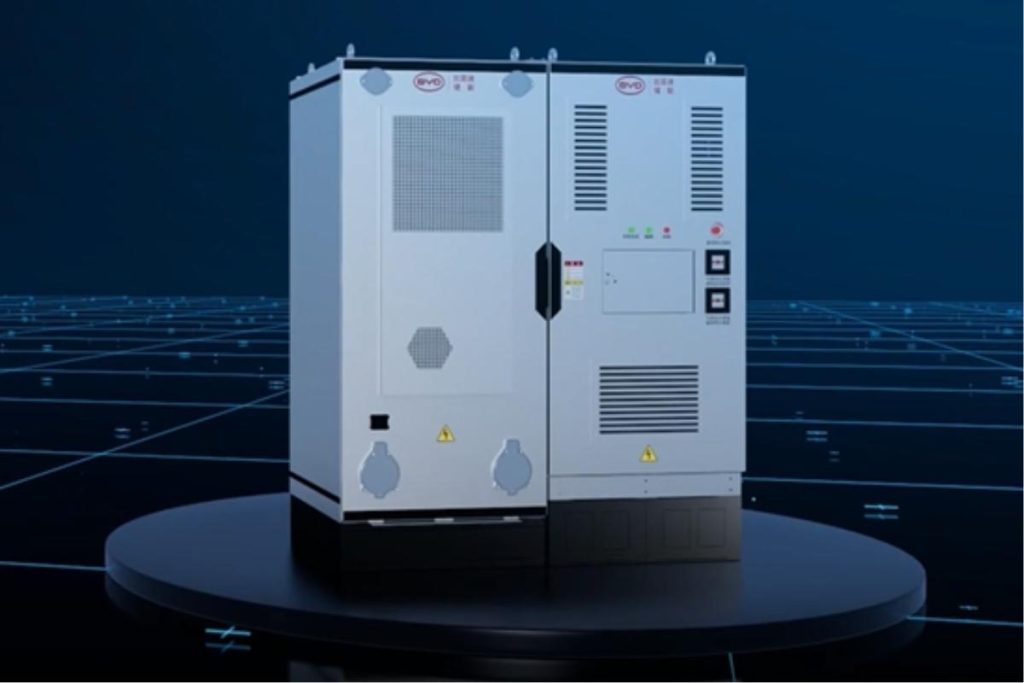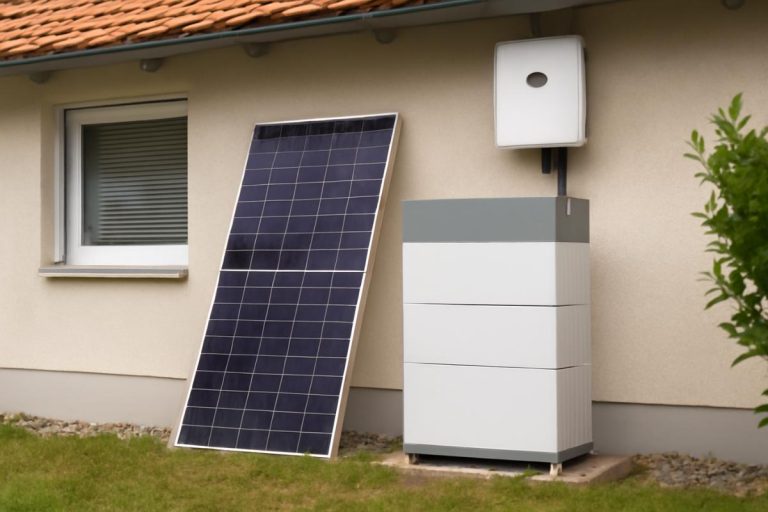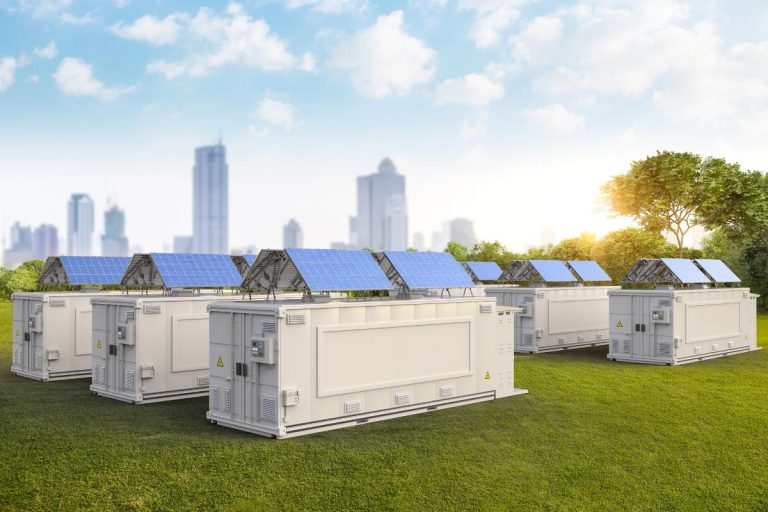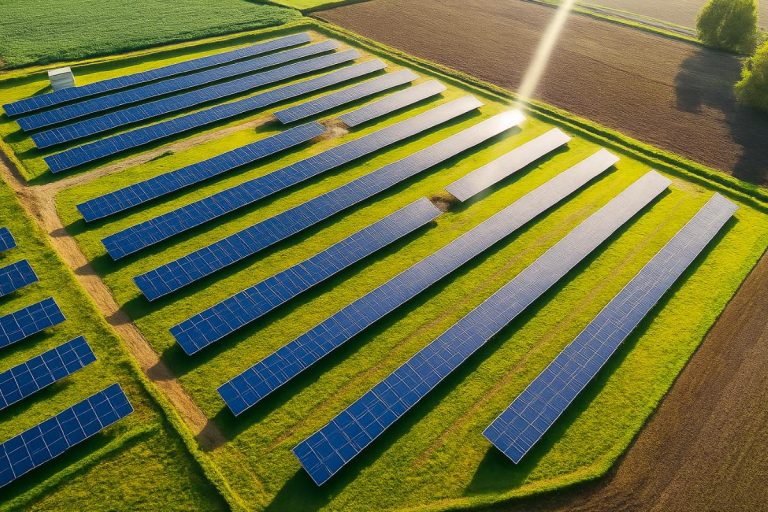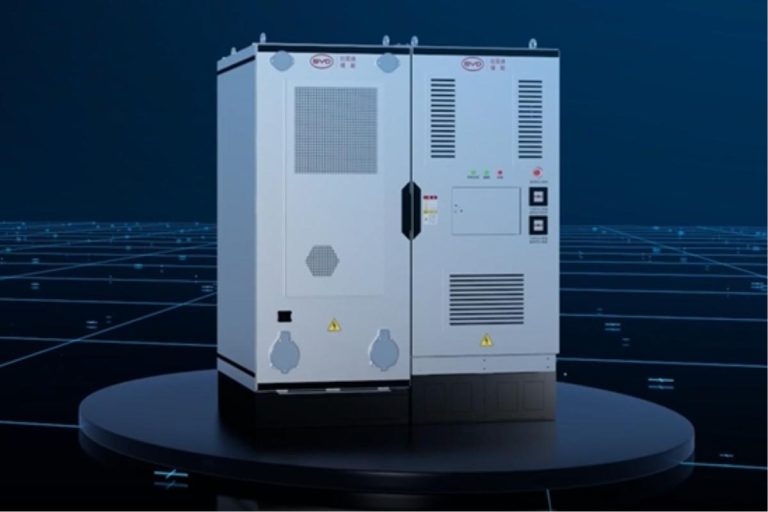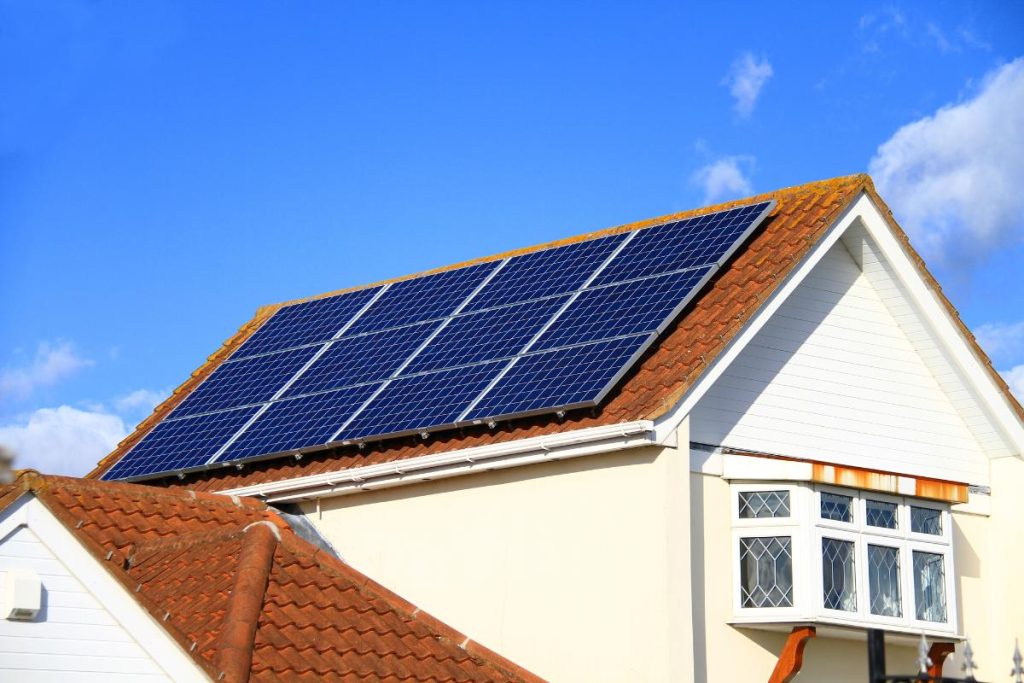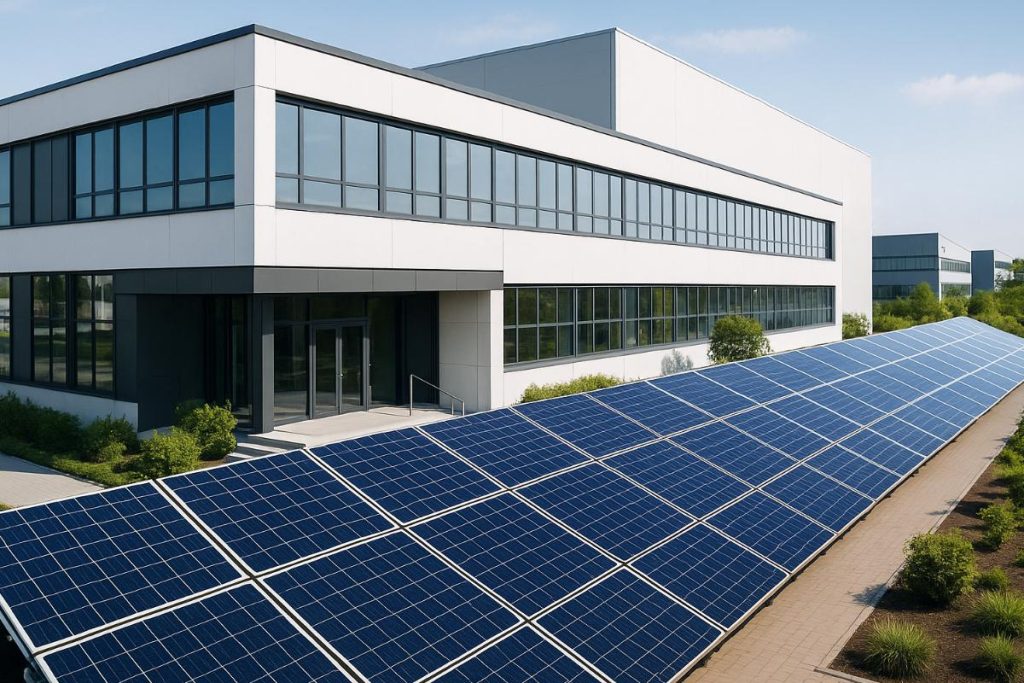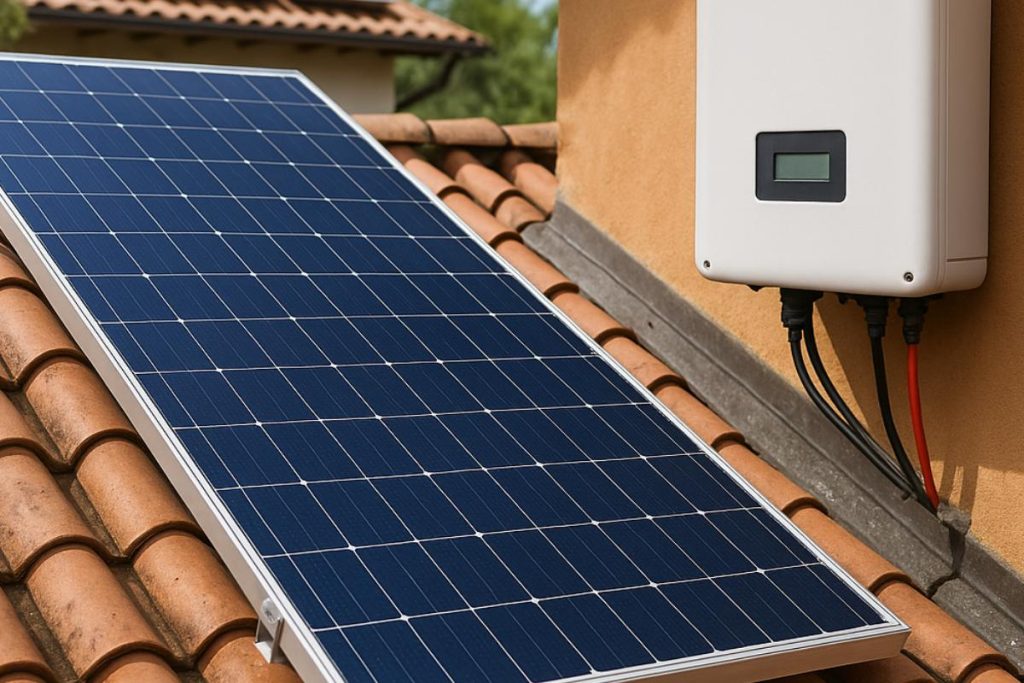With the growth of renewable energy sources such as solar and wind power, the need to store energy efficiently has become essential. In this scenario Energy Storage Systems (ESS) stand out. They are responsible for storing the energy generated and making it available when it is most needed, such as during the night or at times of peak consumption.
In this blog post, you will understand what an ESS is, how it works, where it can be applied and what its main benefits are, especially when combined with clean energy sources.
What is an Energy Storage System (ESS)?
The Energy Storage System, or simply ESS (Energy Storage System), is a technological solution that makes it possible to store electrical energy for later use. It works like a "giant battery", which can be used in homes, companies, industries and even large solar and wind power plants.
The main idea is simple: when there is an excess of energy - for example, when the sun is strong and the solar panels produce more than they need - the ESS stores this surplus. Then, at times of little or no generation, such as at night or on cloudy days, the system releases the stored energy for immediate use.
As a result, the ESS makes it possible to make the most of the energy generated by renewable sources, reduces dependence on the traditional electricity grid and even helps to save money on electricity bills.
Types of BYD batteries used in ESS
In the context of energy storage systems (ESS), BYD is one of the global leaders in lithium-ion battery solutions. The company offers different types of batteries optimized for specific applications - residential, commercial and industrial (C&I), and large-scale - all based on its advanced LFP (lithium-iron-phosphate) battery technology, known for safety, durability and efficiency.
1. Residential energy storage solutions
For homes, BYD uses modular LFP batteries, such as the Battery-Box range, which includes models like the Battery-Box Premium HVS/HVM. These systems:
- They can be easily expanded according to the household's consumption;
- They are compatible with inverters from various manufacturers;
- They offer high thermal and chemical safety, ideal for domestic environments;
- They support off-grid and backup applications, guaranteeing energy even during blackouts;
- They help with energy self-sufficiency by storing the surplus solar energy generated.
This type of solution is ideal for those looking to reduce their dependence on the electricity grid and generate and consume their own electricity. clean and affordable energy.
2. Solutions for the commercial and industrial sector (C&I)
For medium to large applications, such as in companies and industries, BYD offers LFP batteries in higher capacity systems with greater integration flexibility. These are solutions that:
- They use large modular units that can be integrated into containers;
- They support tariff arbitrage: they store energy when it's cheap and use it when it's expensive;
- They enable demand response and peak load management, relieving the local electricity system;
- They act as a backup to guarantee operational continuity during power outages;
- They help reduce energy costs and carbon emissions.
- The focus is on energy efficiencyreduction of operating expenses and strategic consumption management.
3. Grid-scale storage solutions
For applications in utilities, network operators and large renewable energyBYD provides large-scale storage systems with state-of-the-art LFP batteries integrated into robust structures. These solutions are mounted in containers or stackable systems, have a high energy density, have a long life cycle (more than 6,000 cycles), guaranteeing a return on investment - and have a low LCOE (levelized cost of energy), making storage more affordable.
These solutions support critical functions such as
- Load shifting between schedules,
- Peak shaving,
- Frequency regulation,
- Stabilization of networks with high penetration of renewables;
- They allow ultra-fast response between charging and discharging, which is essential for maintaining the quality of the electrical network.
- They are essential for integrating large solar and wind power plants into the grid with resilience and stability, promoting the energy transition.
How does an ESS work?
The ESS stores electrical energy in batteries for later use. It captures energy from the grid or from renewable sources, such as solar and wind, and releases it when there is demand, guaranteeing savings, autonomy and stability in the energy supply.
The operation of an ESS is based on three main steps:
- Storage: energy is captured from a source, usually renewable (such as solar or wind), and converted into electricity. The surplus energy - i.e. what is not being used at the moment - goes into the batteries.
- Management: an intelligent system monitors the charge level of the batteries, the energy demand of the installation and the conditions of the electricity grid. It then decides when to charge or discharge the batteries optimally.
- Distribution: when energy is needed (for example, at night, when the solar panels are not active), the ESS releases the stored energy to power the equipment in the home, business or industry.
In addition, the ESS can be programmed to supply energy at peak times, when the price of electricity is higher, and recharge at times of lower demand, reducing energy costs.
ESS applications
The ESS energy storage system is used in homes, businesses, industries, solar and wind power plants, as well as electric vehicles. It guarantees energy at peak times, improves efficiency, reduces costs and increases supply reliability by integrating with renewable sources.
ESS systems are very versatile and can be used in different contexts, from homes to large industrial enterprises. Here are some examples:
Residential
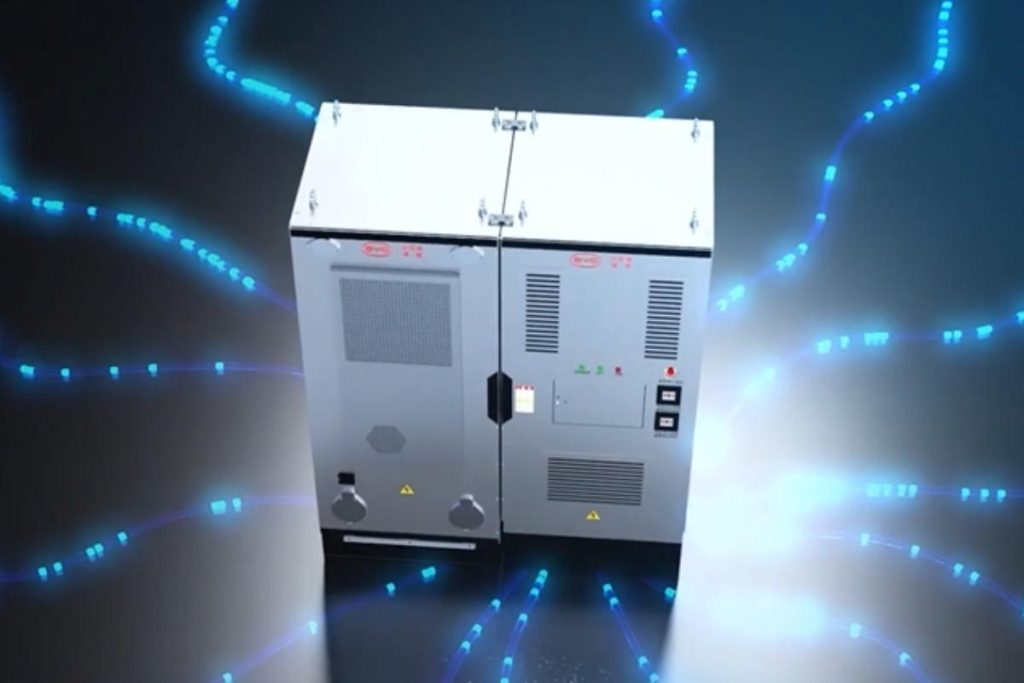
In the residential sector, the ESS is an ideal solution for those who have a photovoltaic solar energy system. With it, the resident can store the energy generated during the day and use it at night, reducing dependence on the utility company and ensuring more autonomy.
In addition, in regions with frequent power outages, the ESS acts as a backup, keeping fridges, lights and other essential equipment working.
Commercial and Industrial
Companies and industries often have energy consumption peaks during certain times of the day. By using an ESS, it is possible to balance this consumption, avoiding higher tariffs at peak times and improving energy planning.
Another important point is reliability. With an ESS, the risk of production interruptions due to power grid failures is significantly reduced.
Solar and wind power plants
The large plants that produce solar and wind energy face a challenge: intermittency. The sun doesn't shine all the time and the wind can stop blowing. For this reason, the ESS is fundamental for these plants, as it allows them to store energy at times of high production and deliver it to the grid when there is low generation, ensuring stability in supply.
Electric vehicles
Some electric vehicle models also benefit from ESS-derived technologies. In garages with solar panels, for example, vehicles can be recharged with energy stored locally. In addition, some technologies allow cars to function as "mobile batteries", contributing to the home in times of need (V2G technology - Vehicle to Grid).
Advantages of the ESS
The ESS reduces costs by avoiding consumption at peak times, increases independence from the electricity grid, favors the use of renewable sources and helps stabilize the electricity system, avoiding blackouts and ensuring continuous and sustainable energy.
The use of energy storage brings a number of benefits, both for the consumer and for the environment. Let's understand the details of the main ones:
Reduced energy costs (peak hours)
Many energy distributors apply different tariffs throughout the day. At so-called peak times, energy is more expensive. With an ESS energy storage system, you can use stored energy during these times, saving significantly on your electricity bill.
Greater independence from the electricity grid
Using an energy storage system (ESS) during peak times, when electricity has a higher cost imposed by distributors, represents a smart strategy for significantly reducing energy expenses.
By storing energy at times of lower demand and more affordable tariffs, such as during the night or at times of low use, the ESS makes it possible for homes, businesses and industries to meet their energy needs at peak times without incurring additional costs.
This ability to shift energy consumption from expensive to cheap times optimizes energy management, promotes savings on electricity bills and contributes to a more efficient and conscious use of electricity.
Sustainability (integration with renewables)
By combining ESS with renewable energy sources such as solar and wind, a clean and efficient system is created. This integration reduces the emission of polluting gases and contributes directly to the preservation of the environment. sustainability.
Network stability (prevents blackouts)
On a large scale, they help maintain the stability of the electricity grid, especially at times of high demand or technical failures. They can act as energy reserves, preventing blackouts and improving the performance of the system as a whole.
Innovations in ESS
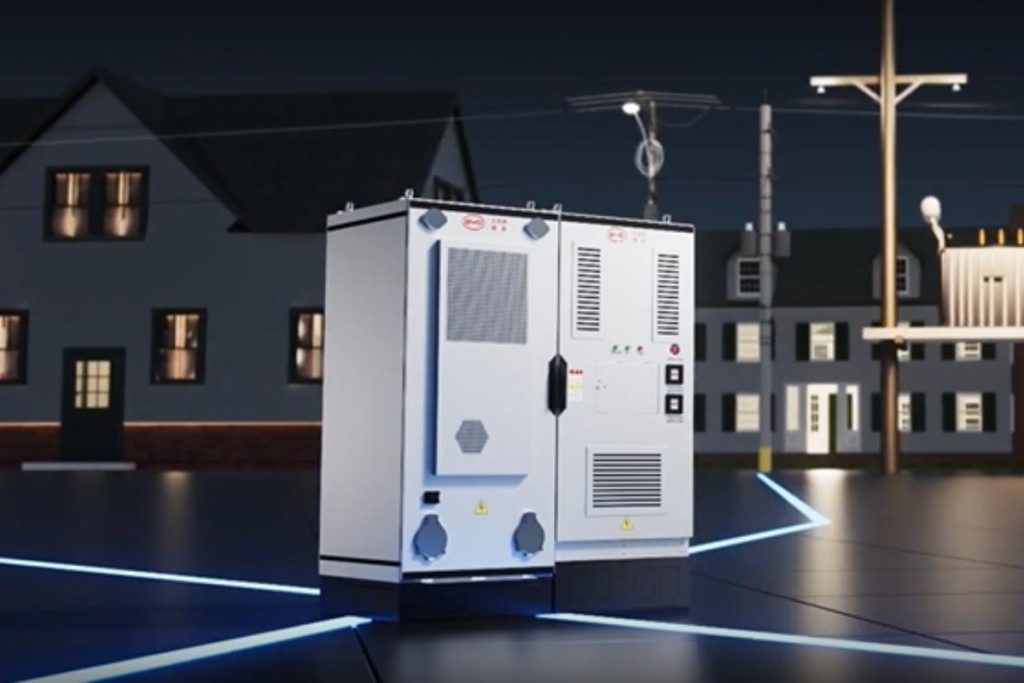
The energy storage sector is constantly evolving. New technologies and solutions are being developed to make ESS even more efficient, affordable and sustainable. Some of the key innovations include:
- Integration with artificial intelligence (AI): more modern systems already use AI to predict consumption patterns and optimize the use of stored energy.
- Solid-state batteries: this new generation of batteries promises greater safety, higher energy density and longer life than current lithium-ion batteries.
- Hybrid systems: ESS combined with generators or other energy sources guarantee flexibility and reliability, even in environments with low renewable generation.
- Shared models: in some regions, there are already projects in which several consumers share the same ESS, reaping the benefits collectively and reducing costs.
Importance of energy storage systems (ESS) for a sustainable energy matrix
As the world moves towards a cleaner and more sustainable energy matrix, storage systems are becoming key players in this process.
Sources such as solar and wind power are essential for reducing carbon emissions, but they have a problem: they are intermittent. This means that they don't always produce energy when it's needed. That's where the ESS comes in, ensuring that renewable energy is available at any time of the day.
In addition, in an energy matrix with a strong presence of ESS, it is possible to reduce the need for thermal power plants, which are expensive and polluting. The result is a more balanced, economically and environmentally responsible system.
Another strategic advantage is energy security. Countries that invest in ESS reduce their dependence on imported fossil fuels, strengthening domestic energy production.
Energy Storage Systems (ESS) are becoming increasingly present in homes, businesses and even large power plants. They represent the future of energy by enabling intelligent integration between production, consumption and sustainability.
With the support of technologies such as BYD batteries and constant innovations in the sector, ESS is an affordable, safe and highly beneficial solution for those looking to save money, have more autonomy and contribute to a greener planet.
If you already invest in solar energy or are thinking of making your home or business more sustainable, considering an ESS could be the next smart step.
Talk to our experts and get to know BYD Energy.

